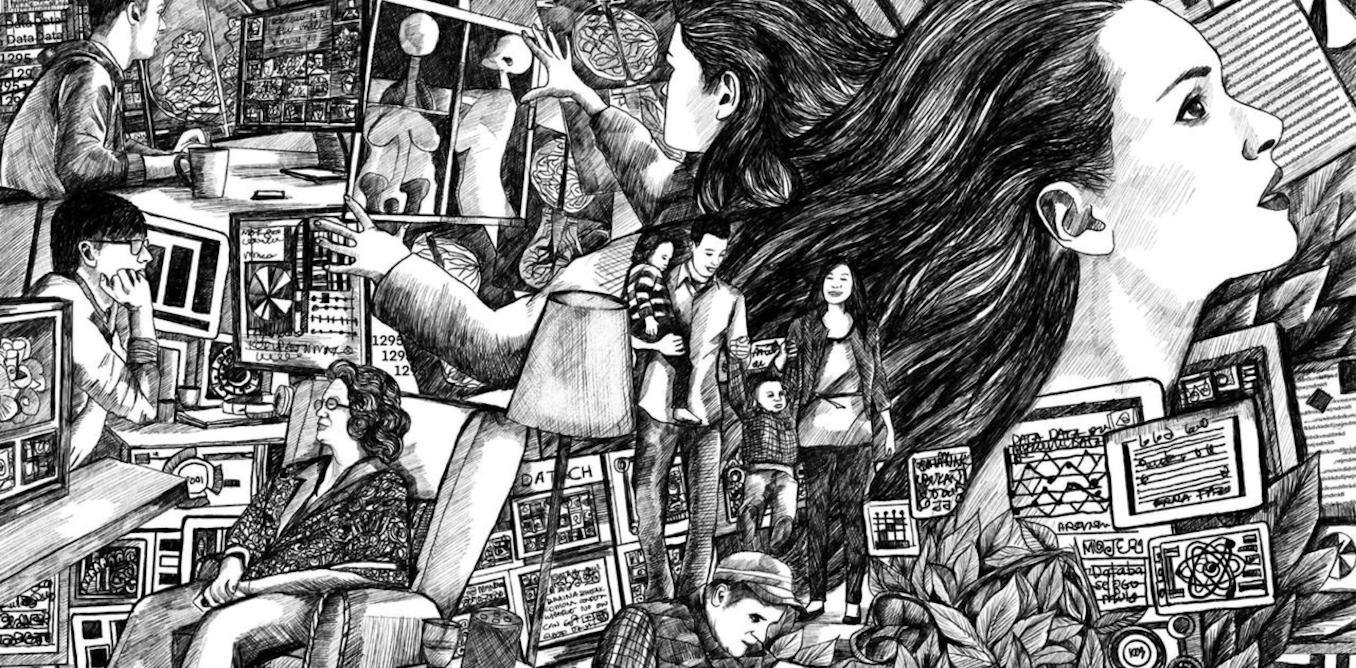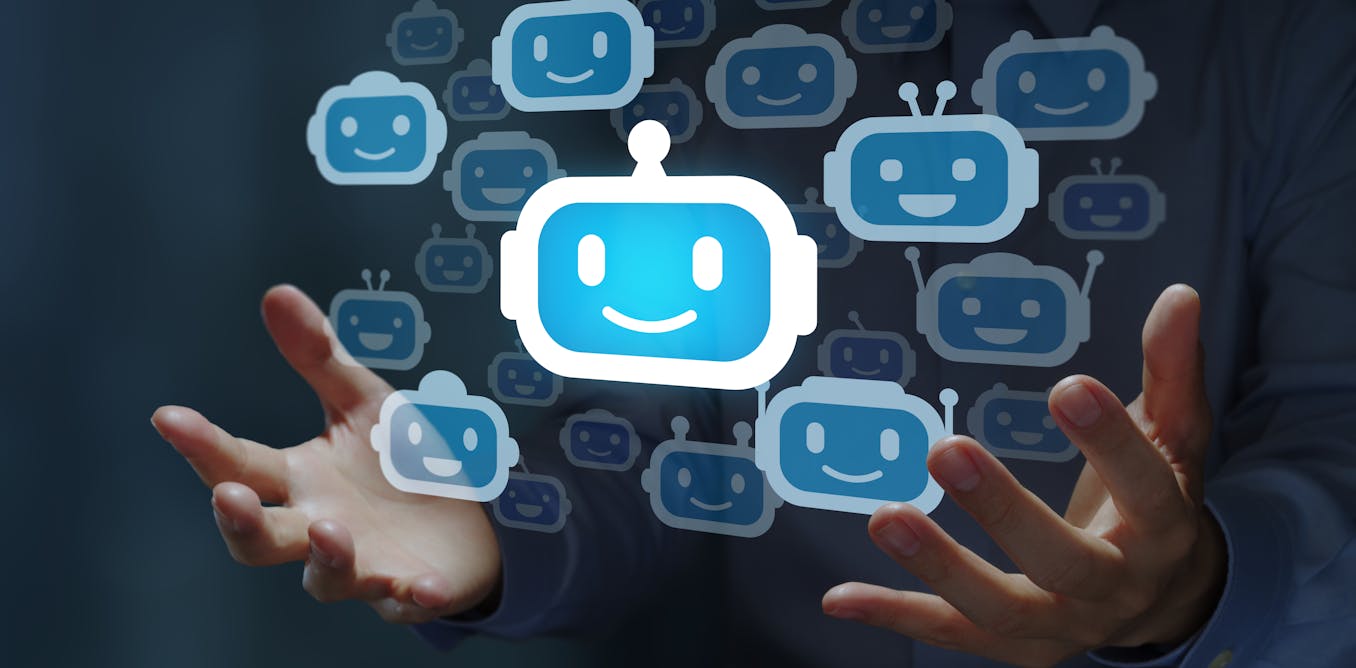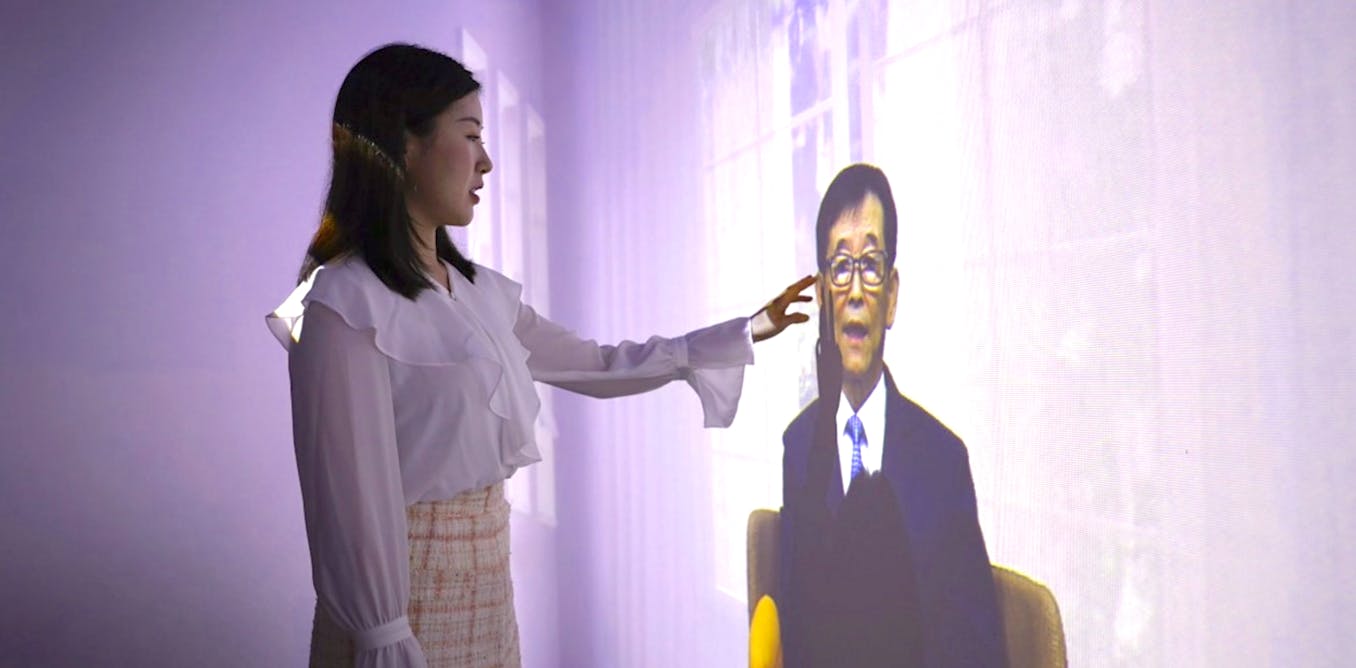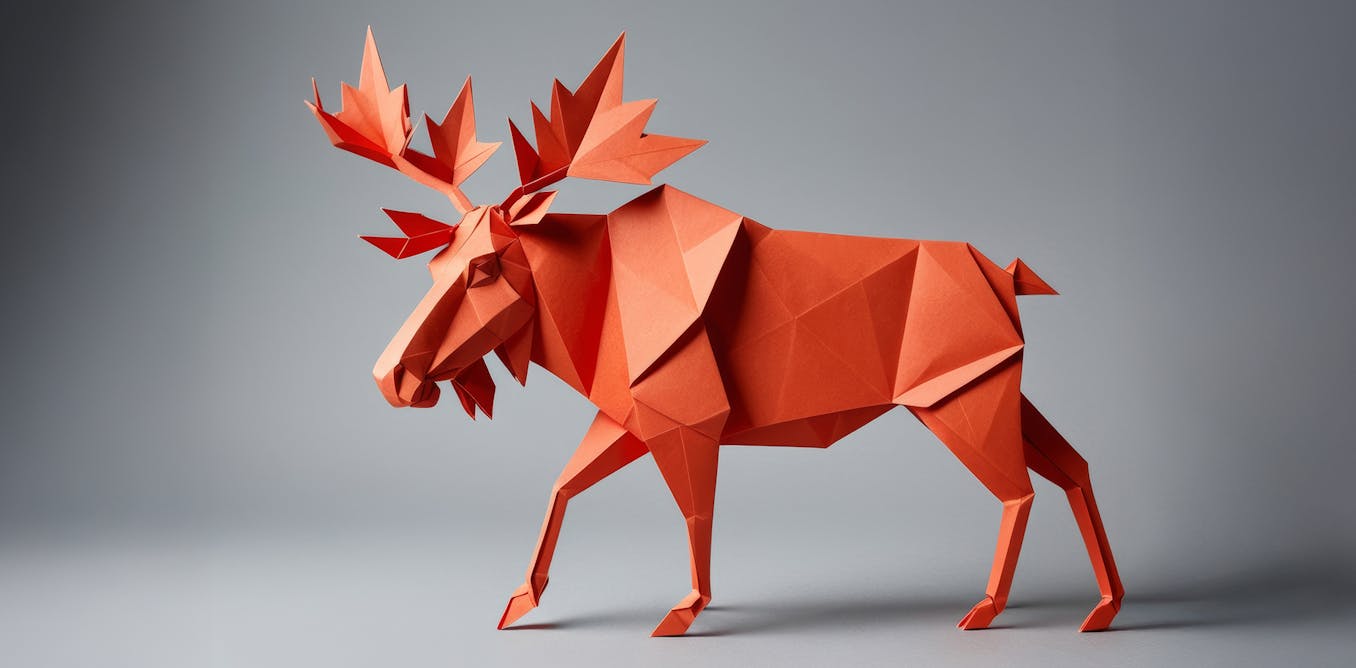Marina Umaschi Bers has long been at the forefront of technological innovation for kids. In the 2010s, while teaching at Tufts University, in Massachusetts, she codeveloped the ScratchJr programming language and KIBO robotics kits, both intended for young children in STEM programs. Now head of the DevTech research group at Boston College, she continues to design learning technologies that promote computational thinking and cultivate a culture of engineering in kids.
What was the inspiration behind creating ScratchJr and the KIBO robot kits?
Marina Umaschi Bers: We want little kids—as they learn how to read and write, which are traditional literacies—to learn new literacies, such as how to code. To make that happen, we need to create child-friendly interfaces that are developmentally appropriate for their age, so they learn how to express themselves through computer programming.
How has the process of invention changed since you developed these technologies?
Bers: Now, with the maker culture, it’s a lot cheaper and easier to prototype things. And there’s more understanding that kids can be our partners as researchers and user-testers. They are not passive entities but active in expressing their needs and helping develop inventions that fit their goals.
What should people creating new technologies for kids keep in mind?
Bers: Not all kids are the same. You really need to look at the age of the kids. Try to understand developmentally where these children are in terms of their cognitive, social, emotional development. So when you’re designing, you’re designing not just for a user, but you’re designing for a whole human being.
The other thing is that in order to learn, children need to have fun. But they have fun by really being pushed to explore and create and make new things that are personally meaningful. So you need open-ended environments that allow children to explore and express themselves.

The KIBO kits teach kids robotics coding in a playful and screen-free way. KinderLab Robotics
How can coding and learning about robots bring out the inner inventors in kids?
Bers: I use the words “coding playground.” In a playground, children are inventing games all the time. They are inventing situations, they’re doing pretend play, they’re making things. So if we’re thinking of that as a metaphor when children are coding, it’s a platform for them to create, to make characters, to create stories, to make anything they want. In this idea of the coding playground, creativity is welcome—not just “follow what the teacher says” but let children invent their own projects.
What do you hope for in terms of the next generation of technologies for kids?
Bers: I hope we would see a lot more technologies that are outside. Right now, one of our projects is called Smart Playground [a project that will incorporate motors, sensors, and other devices into playgrounds to bolster computational thinking through play]. Children are able to use their bodies and run around and interact with others. It’s kind of getting away from the one-on-one relationship with the screen. Instead, technology is really going to augment the possibilities of people to interact with other people, and use their whole bodies, much of their brains, and their hands. These technologies will allow children to explore a little bit more of what it means to be human and what’s unique about us.

The post “This Inventor Is Molding Tomorrow’s Inventors” by Rina Diane Caballar was published on 10/25/2024 by spectrum.ieee.org
























